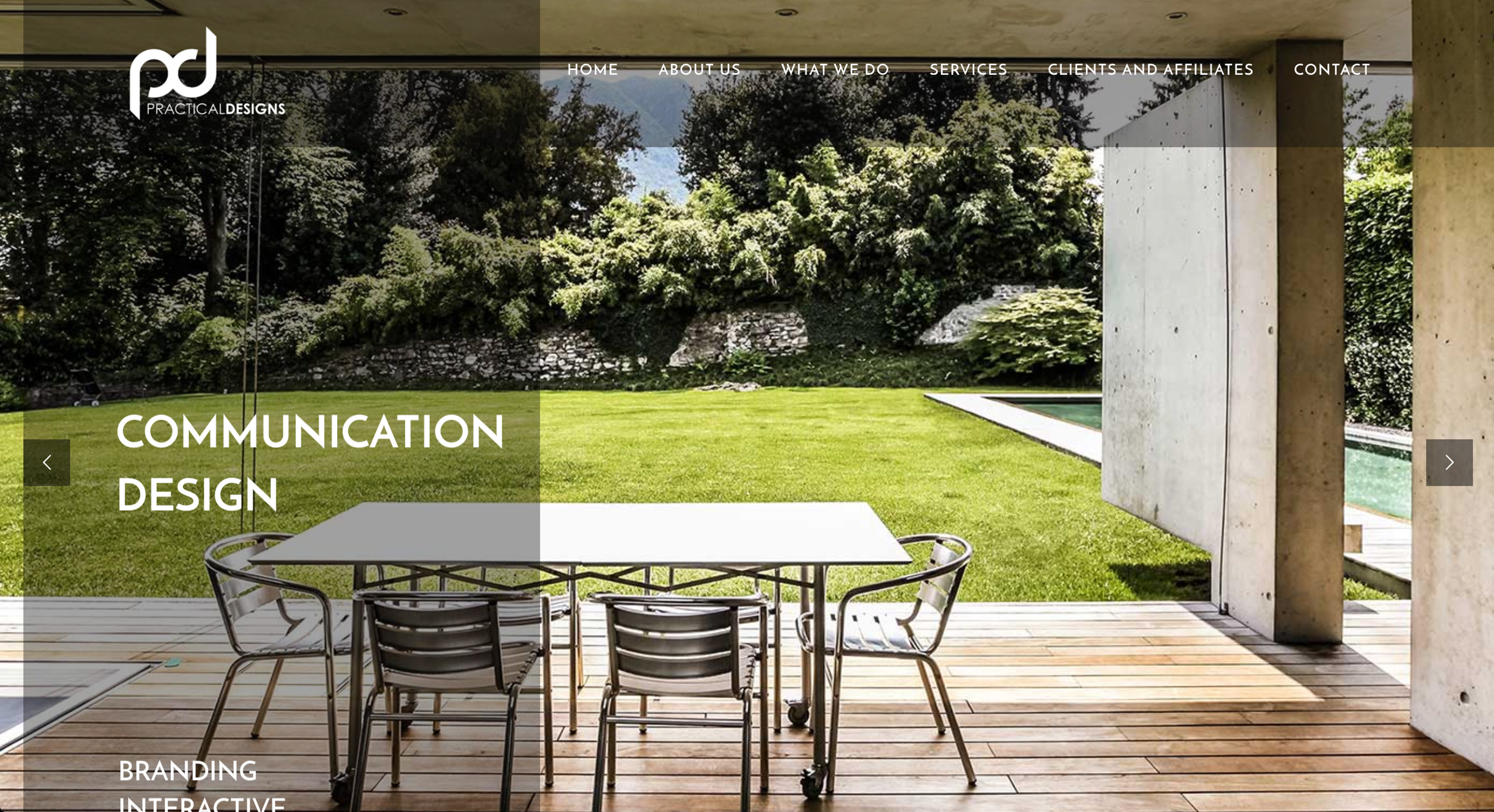13 Feb Discover how to leverage the power of podcasts.
If you’re looking to compile a killer content marketing strategy to attract and engage your target audiences to the max, then including a podcast is a must! Just to recap, podcasts are audio files that you make available for download online – almost like a series of episodes. Here are the 7 top reasons why you should make them part of your content…
1. It’s convenient to use
Audiences of today; are inundated with information from zillions of different corners. Latest marketing studies and surveys all point to the same thing. People generally prefer to listen to voice clips or watch videos, as opposed to reading reams of text online. If they like what they hear however, they’re highly likely to visit your website or read more about you.
2. It expands your reach exponentially
Podcasts are extremely accessible via most digital devices, including Smartphones – and it can be published on a myriad of different platforms. When you create podcasts that consist of very useful or interesting content and you make it available for free, people will download it and share it and it they will come back for the next chapter. As a result, it has the potential to expand your audience remarkably.
3. It’s inexpensive and quick to produce
Recording a podcast chapter is generally far less time consuming than developing most other pieces of communication. Plus, it is almost without exception, much more cost effective too. This is because you simply need to plan your content and then record yourself speaking about it. Add a decent microphone and a programme for recording and editing it – and you’re basically good to go.
4. It creates a forum to interview industry experts
Everyone wants to learn from experts in their fields of interest. If you can conduct an interview with an expert for a podcast, it will therefore attract higher volumes of people. It has a few other advantages too. It will take the pressure off you to create engaging content. Plus you will benefit from the extended reach to the expert’s own followers.
5. It helps you stand out from competitors
Even though podcasts are becoming increasingly popular, there are still masses of companies out there that haven’t caught onto the power of it yet. Podcasting is therefore a relatively easy way to grab the attention of your audiences, differentiate yourself from your competitors and position yourself as a thought leader in your industry.
6. It builds trust with your audience
Audio content is very personal. When someone listens to you speak, they can hear your voice, gauge how authentic you are and get to know elements of your personality. They will notice the passion, enthusiasm, and confidence that you display on your topic of expertise. All this can make a huge contribution to audiences liking you, connecting with you, and feeling like they know you and can trust you.
7. It helps acquire more customers.
An engaging podcast will lead to your audiences wanting more. They’ll want to come back to continue tapping your brains. They will want to know more about you and go to your website. Or they will contact you to start buying from you or make use of your services. You can encourage all of this, by including a strong call to action at the end of your podcast.
CREATING GREAT PODCASTS
Now that you know there are a multitude of reasons to include podcasts in your marketing mix, your next question will most likely be: “How do I create great podcasts?” Here are a few valuable pointers:
- Own the podcast: It is best to control the rights and distribution of your podcasts, by owning the domain under which you publish it.
- Choose a topic you will excel in: The theme and topic of your podcast needs to be designed around your own strengths, areas that you truly shine in and that you can speak about with authority and confidence.
- Content enjoys preference over image: Even though professionalism is absolutely necessary and imagery can attract people, the majority of your podcasting efforts should be focused on the value and quality of the content.
There are numerous successful podcasters out there who are hugely popular for their insights rather than the graphics that accompany their podcasts. Just look at Steve Pavlina for example.
So do plan the content of your podcast in advance, to ensure that it is of value and interest to your target audiences.
- Duration: Global studies show that podcast chapters are generally between 22 – 30 minutes each. People however prefer to listen to chapters for no longer than 16 minutes. So ideally your audio file should not be longer than 16 minutes for optimal impact.
- Sound quality: Do invest in a good quality microphone so that the sound of your podcast is crystal clear and without scratchy noises in the background that can detract from the message.
- Add that touch of professionalism with voice overs and theme music: Consider hiring a sound studio or having unique sounds mixed to include in your podcast, for that refined touch that will immediately place you a cut above the rest.
- Remember to build your own brand: Never lose sight of the fact that you ultimately need to position your own company and build your own Generally you should not be using podcasts to promote other people or entities, but rather as an opportunity to showcase your own skills and expertise.
- Distribute it far and wide: When you have your own domain and own the media you’re podcasting, combined with a strong RSS feed, you should be able to publish it on a multitude of directories, such as iTunes, Google’s BeyondPod, Stitcher and many more. You can further compound the exposure by adding tags.
- Give it time: Many podcasters abandon the project too quickly, not allowing sufficient time for their podcasting following to grow. Experts talk about the 7 – 15 rule, which basically means that you need to do around 7 – 15 podcasts, before you can judge sensibly whether this is a good medium for you or not.
At the end of the day, experts remain in agreement that podcasting is one of the most powerful communication mediums today. Devoting the time and resources to mastering the art of podcasting, will no doubt yield notable marketing results. Feel free to contact BWD for more information on the topic, or for professional assistance with podcasting.









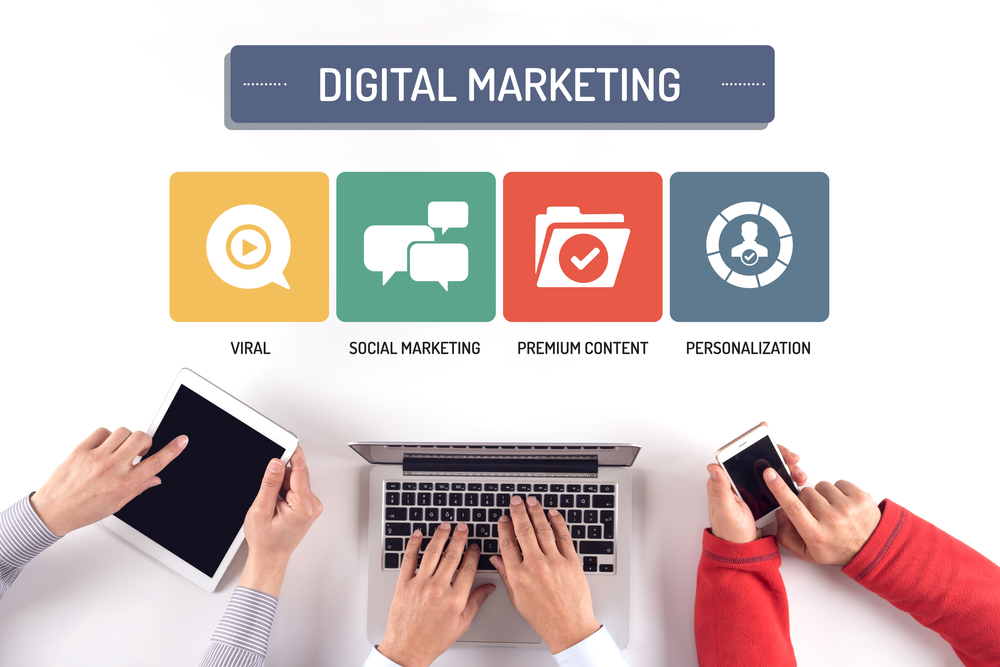
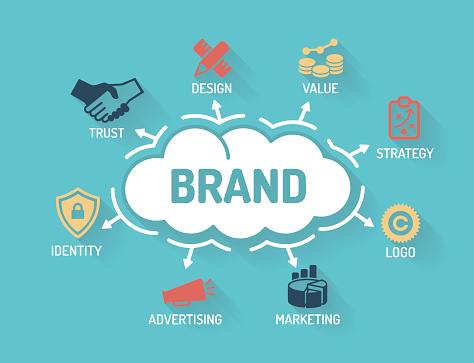



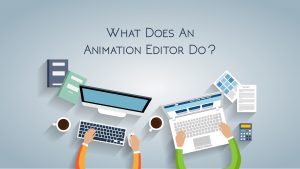







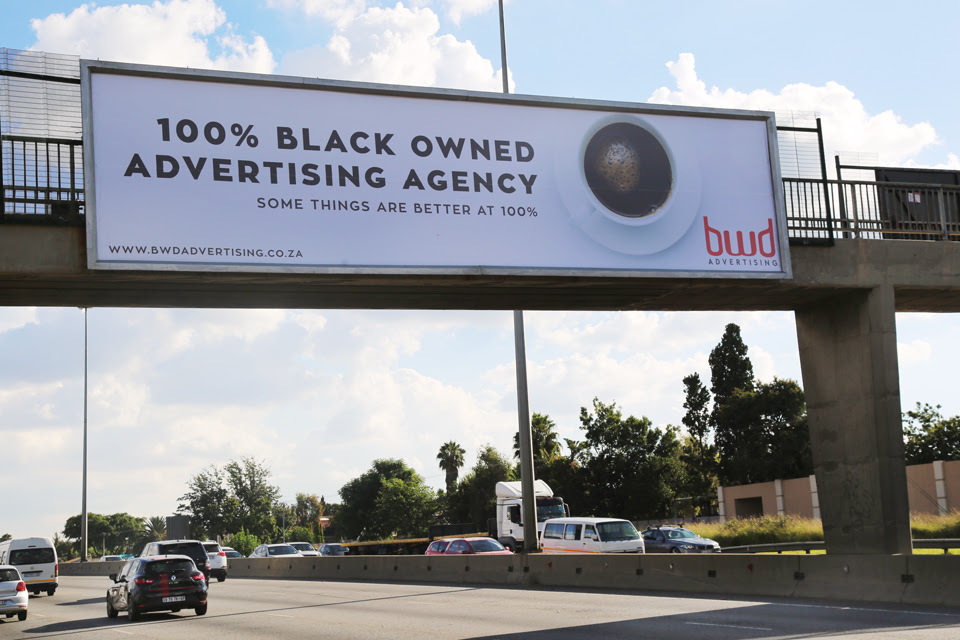


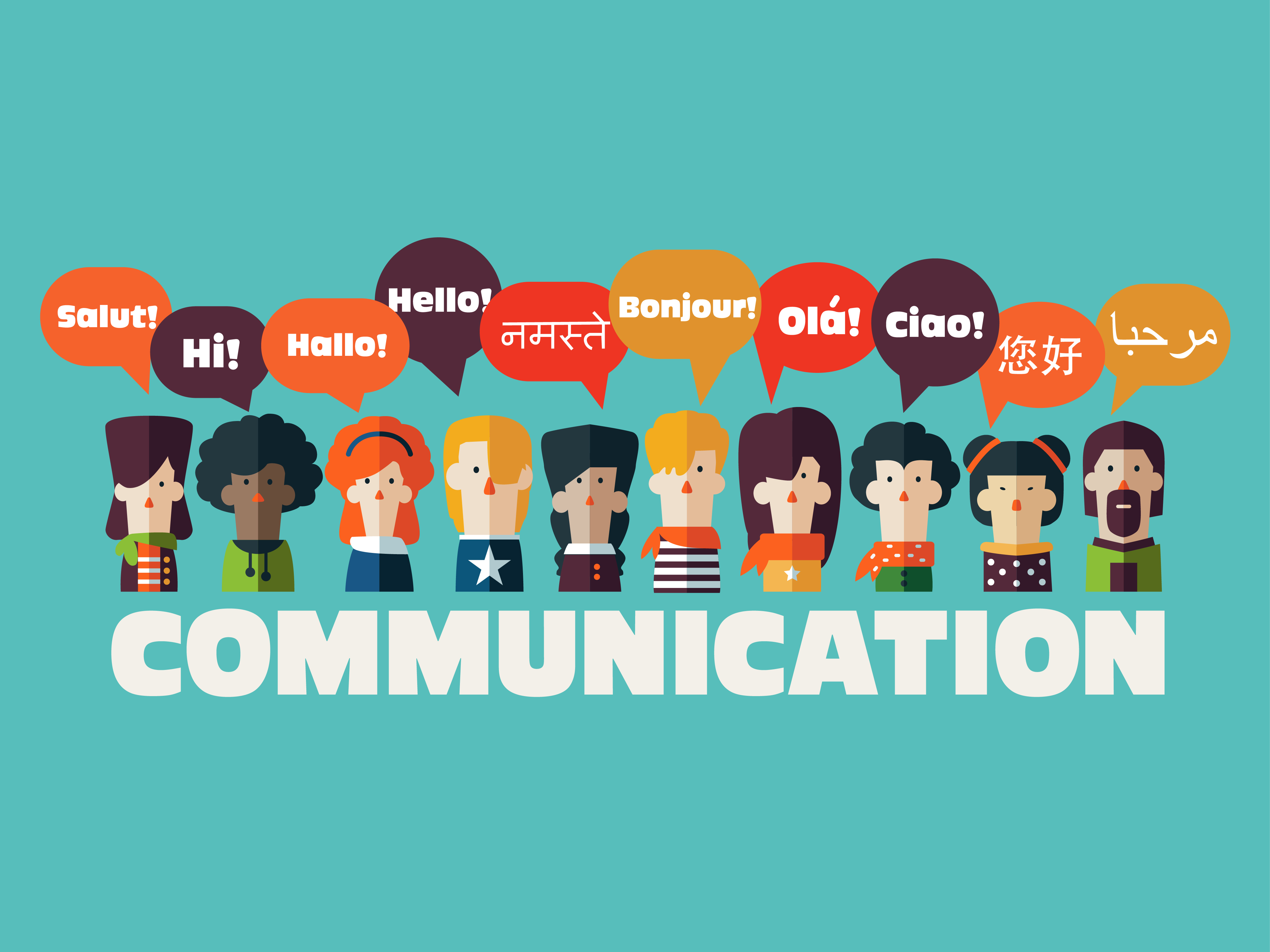 You won’t use language fit for a doctorate in chemical engineering when addressing high school students, nor use “hip slang” when targeting a customer for a retirement home. Always be aware of your audience and what type of language they use. The worst thing your copywriting can do is to send your reader scurrying to find a dictionary (if they even go this far; most people will just lose interest).
You won’t use language fit for a doctorate in chemical engineering when addressing high school students, nor use “hip slang” when targeting a customer for a retirement home. Always be aware of your audience and what type of language they use. The worst thing your copywriting can do is to send your reader scurrying to find a dictionary (if they even go this far; most people will just lose interest).


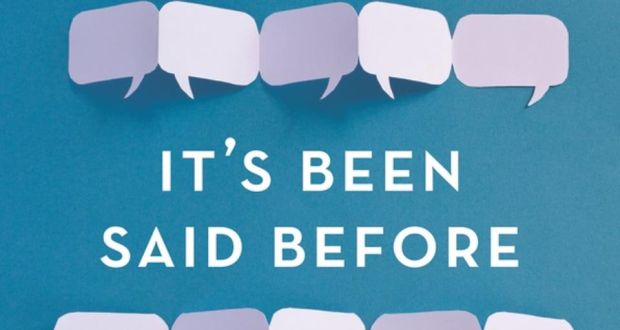




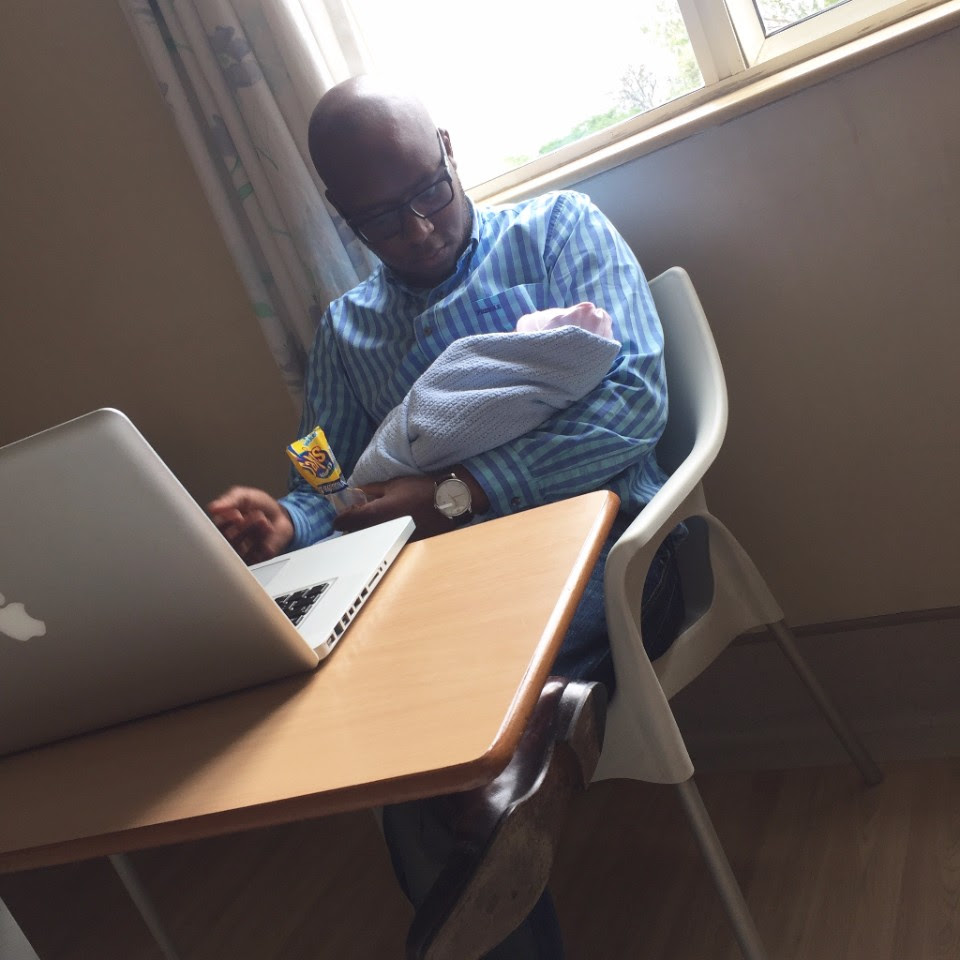 Daddy duties at the hospital
Daddy duties at the hospital
